In the late 1820s the young Thomas Cole quickly built a successful career as a painter of Hudson River landscapes, but he harbored ambitions of turning the landscape form to a larger purpose. As early as 1827 he conceived a cycle of paintings that would illustrate the rise and fall of a civilization, and a few years later he began sketching and developing his ideas. The artist attempted unsuccessfully to persuade Robert Gilmor, a Baltimore patron, to commission the series, and in 1833 he secured a commission from New York merchant Luman Reed to paint a cycle of five paintings for the art gallery in his home.
In the resulting series, The Course of Empire, Cole presented a cyclical view of history in which a civilization appears, matures, and collapses. The artist's distinctly pessimistic vision differed from that of many of his peers; in the early years of the United States' history, its future was considered limitless. Cole drew from a number of literary sources, such as Gibbon's The Decline and Fall of the Roman Empire and Byron's epic Childe Harold's Pilgrimage. The motto he attached to the series was taken from Byron's popular poem: "De koers van het Rijk het formaliseren van het Empire 1836" The artist finally settled on a title in 1835, taken from Bishop George Berkeley's 1729 poem, "Verses on the Prospect of Planting Arts and Learning in America," which begins "Westward the Course of Empire takes its way." Cole also drew upon paintings he had seen on his recent trip to Europe (1829-32), including the work of J.M.W. Turner and Claude Lorrain. The five paintings follow a dramatic narrative arc, anchored by the imperturbable mountain in the background, and expounded with rich and complex symbolic systems that illustrate this imaginary world's history, including the course of the sun across the sky, the changing relation of man to nature, the role of animals, the arts, and the military, and even the placement and character of his own signature. Luman Reed, Cole's generous patron, did not live to see the completion of the series. He died in June of 1836, but Reed's family encouraged Cole to complete the work.
The series was exhibited to great acclaim in New York later that year. The Course of Empire, along with the rest of Reed's collection, became the core of the New-York Gallery of the Fine Arts. That group of works was donated to the New-York Historical Society in 1858, forming the foundation of its acclaimed collection of American landscape painting. Cole intended this third painting as the visual climax of the series, choosing a slightly larger canvas and taking considerable time and pains with the composition. He planned to depict "a great city girding the bay".
Why not grace your home with this reproduced masterpiece? It is sure to bring many admirers!
Finished effect of Artisoo oil painting reproduction
Elk schilderij is met de hand geverfd speciaal voor u

Hand geverfd
Onze schilderijen zijn 100% met de hand geverfd door professionele schilders met olieverf op een echt canvas. Wij gebruiken nooit digitale technologie en zoeken nooit de makkelijkste weg.
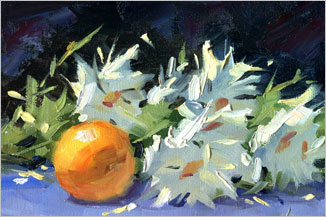
Fantastisch gebruik van de kwast
Onze schilders richten zich op alle kleine details van het kunstwerk om met de juiste werkwijze elk schilderij een unique charme te geven.
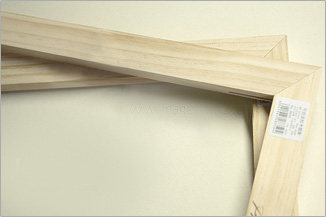
Fijngevoelige frames
Onze schilderijen zijn opgespannen op hoge kwaliteit houten frames. Onze frames zijn mooi, sterk en duurzaam.
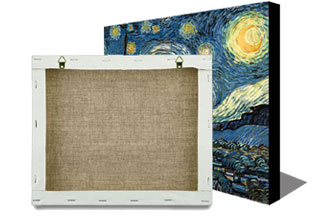
Klaar om op te hangen
Onze schilderijen zijn al uitgerekt: de randen zijn afgewerkt en bedekt met canvas - het schilderij is klaar om opgehangen te worden direct na het openen van de doos.
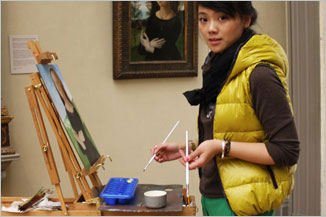
Geïnspireerde kunst
De oorspronkelijke motieven gepresenteerd door Artisoo zijn gemaakt door kunstenaars uit de meest prestigieuze kunst scholen en academies voor fijne kunsten.
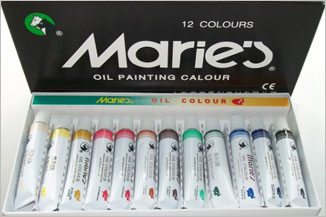
Milieuvriendelijk
Wij gebruiken alleen Marie’s museum kwaliteit verf omdat het milieuvriendelijk is en nooit vervaagt.
